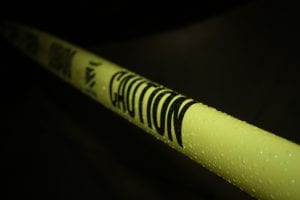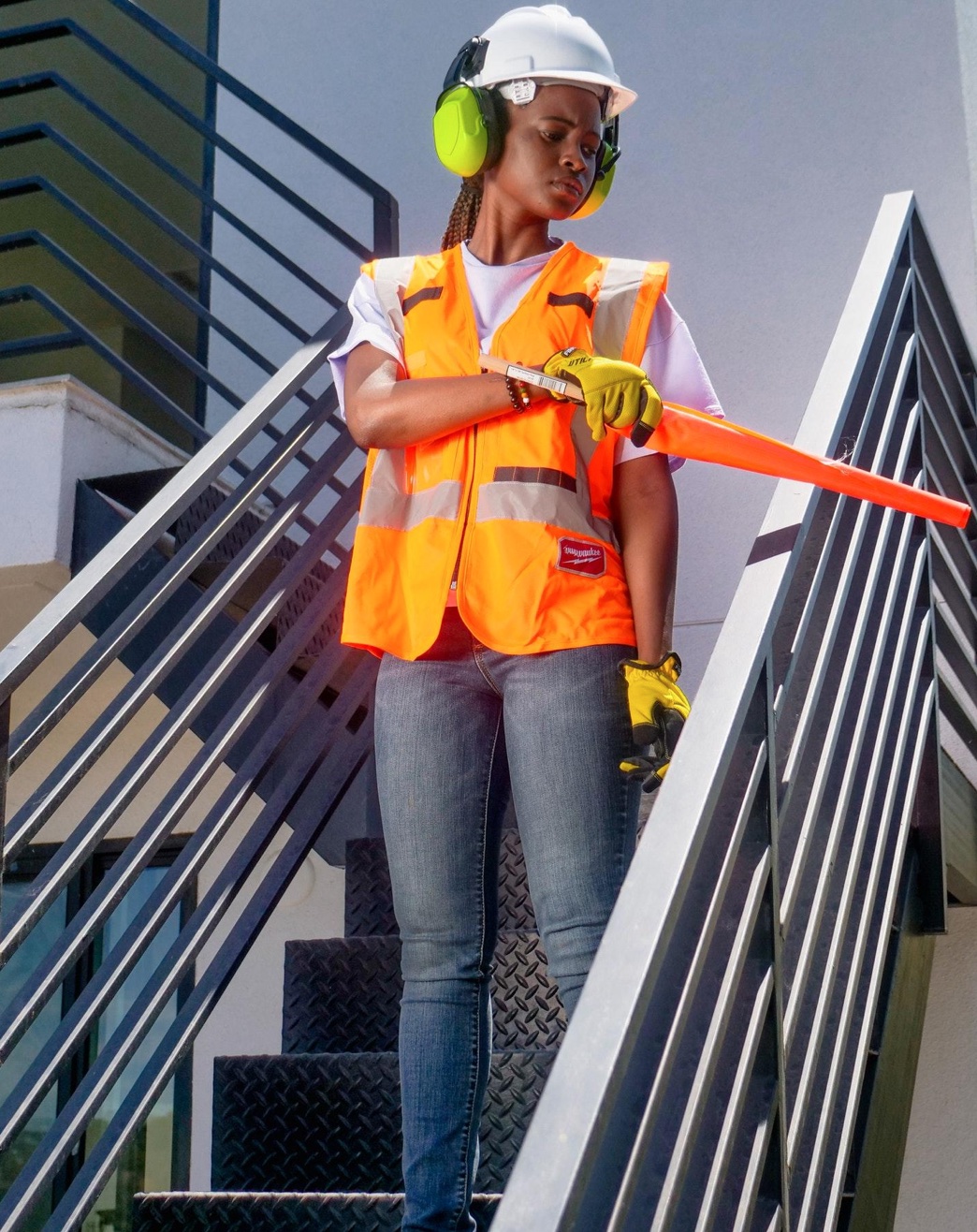Every claim is different, but the more the injuries impact your life, the greater the compensation for pain and suffering.
If you slip, fall, and injure yourself on someone else’s property, and that accident was caused by the property owner’s fault or someone else in charge of the property, they can be liable for your injuries.
Determining liability in any personal injury incident is vital, especially in slip and fall cases. Many people are injured each year when they slip and fall. Sometimes people trip on icy sidewalks, on uneven floors, using stairs, in a construction zone, at work, or on a rough spot. Speak with a slip and fall attorney if you’re unsure who’s liable or what to do next after your slip and fall accident.
Common Slip and Fall Locations
Property owners and managers can be held liable if you can prove they knew about the situation prior and did nothing to fix or remedy the hazard. Slip and fall accidents may occur in stores, people’s homes, hotels, shopping malls, on the job, and in several other locations.
If you were injured at a business, like a shopping mall, that business could be sued for negligence and held liable for your injuries. The homeowner will be held responsible in a residential location, and your damages should be covered by their homeowner’s insurance. If you are injured at work, a worker’s compensation claim can help pay for your damages.
Slip and Fall Responsibility
Premises liability law provides guidelines on how to deal with slip and fall accidents and injuries on someone else’s property. Property owners can be held legally responsible for injuries sustained in a slip and fall when one of the following is true:

- The property owner knew about the dangerous condition and did not attempt to correct it
- The property owner should have known about the dangerous condition and should have taken steps to prevent injuries, as a “reasonable person” would have
- The property owner created the dangerous condition which led to the accident
Judges and juries typically use a commonsense approach with liability. Premises liability law focuses on whether the owner makes a regular effort to keep the property safe, clean, and up to the proper standards. Courts will likely consider the following factors before determining liability:
- How long did the dangerous condition exist?
- Was the owner knowledgeable of the situation and attempting to remedy it?
- Were the owner’s attempts to remedy the situation appropriate and reasonable?
- Was the victim careless in his or her actions, thereby contributing to the accident?
Some states have “comparative negligence” laws. This means that the injured person can also be held to varying degrees of responsibility for an injury. If the victim acted carelessly, they can also be held liable for the accident. Comparative negligence determines who is eligible for compensation and how much they can receive.
Slip and Fall Damages
The amount of money the liable party is made to pay is based on your damages. Damages typically cover the cost of your medical bills, lost income if you missed work due to the injury, and some compensation for your pain.
Determining the value of your losses, like medical bills and lost income, is easy and is a simple calculation. The harder part of a slip and fall claim is calculating your pain and suffering. Determining how much you’re owed for pain and suffering will depend on the severity of factors in your case. Every claim is different, but the more the injuries impact your life, the greater the compensation for pain and suffering.


Join the conversation!